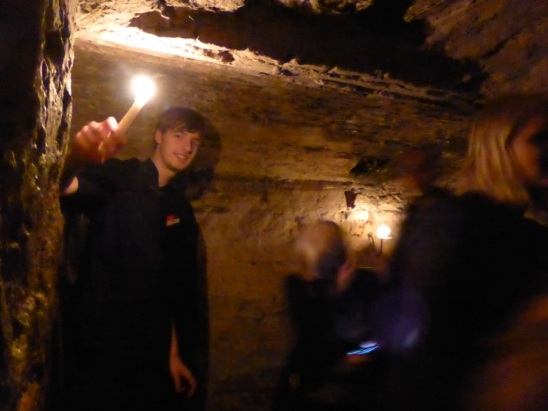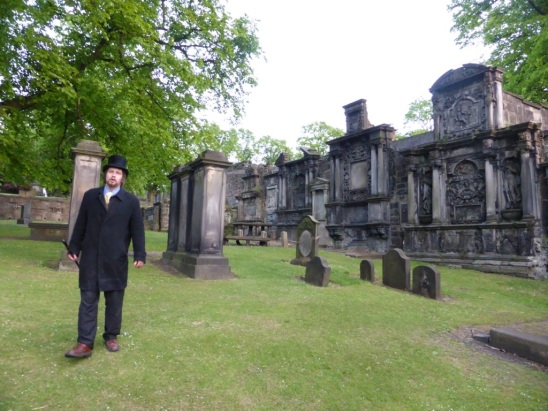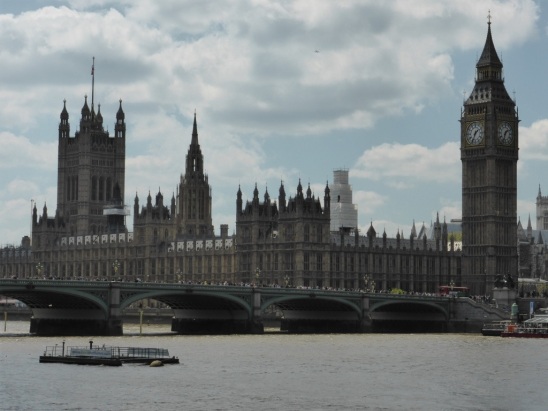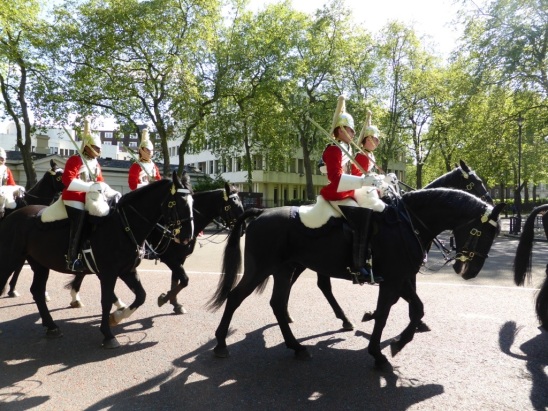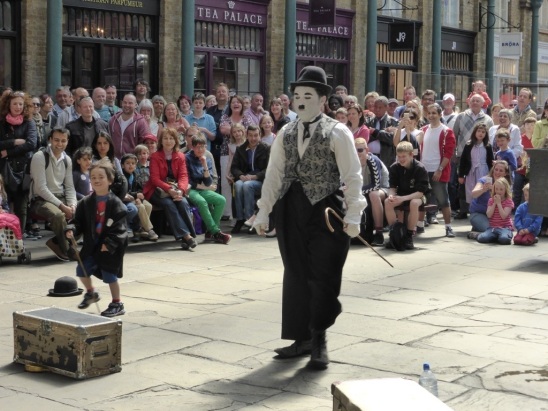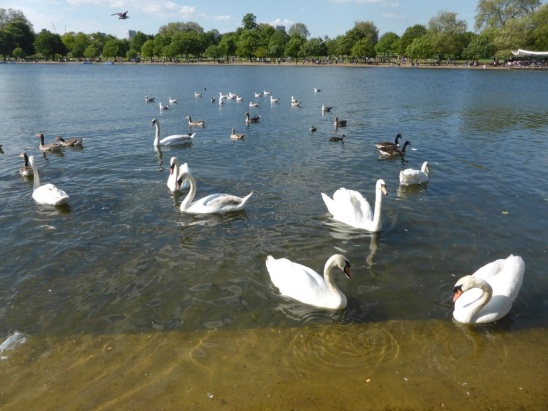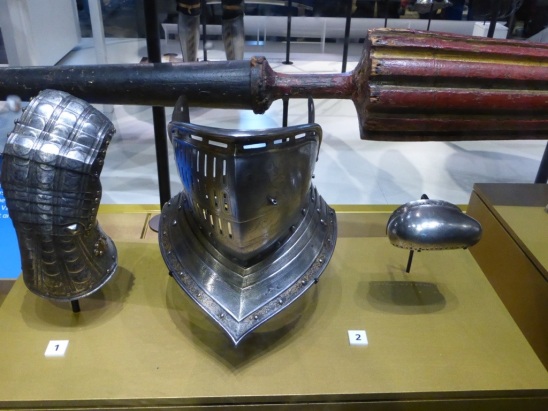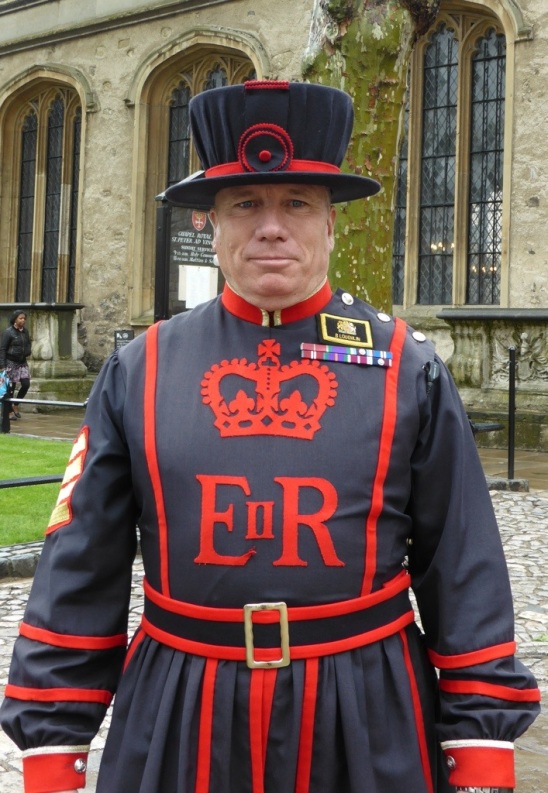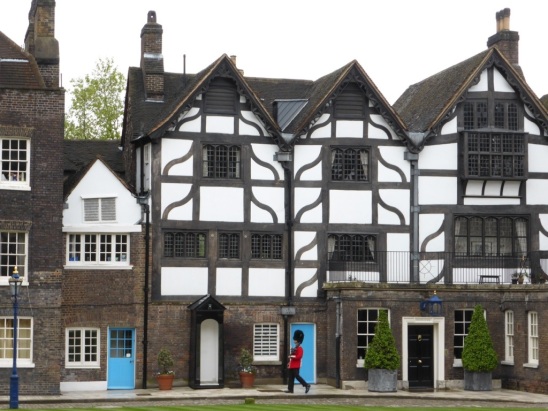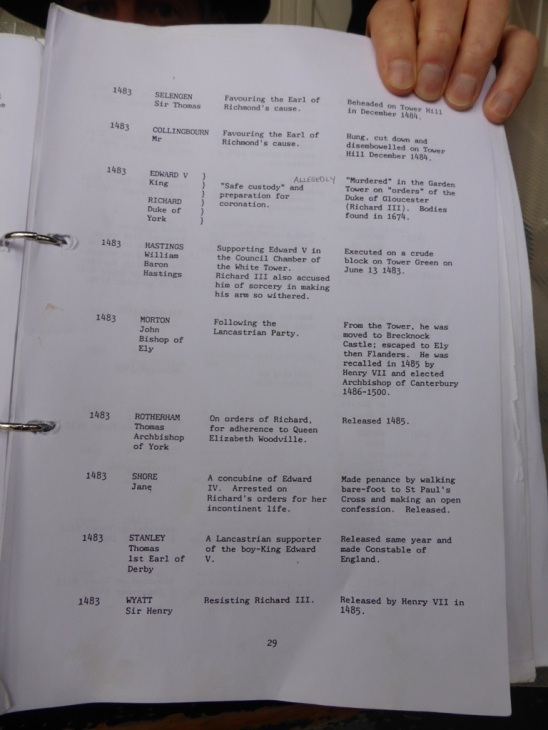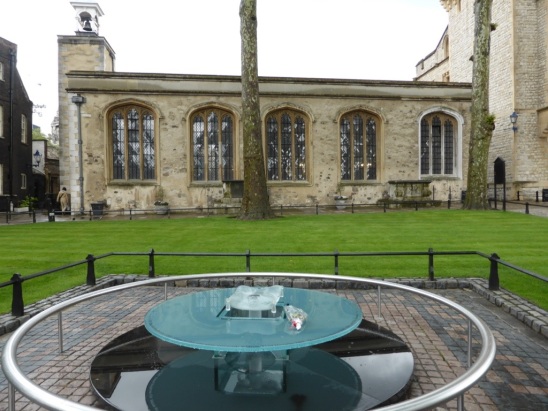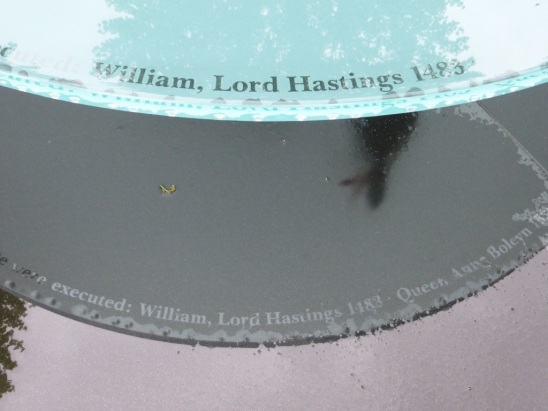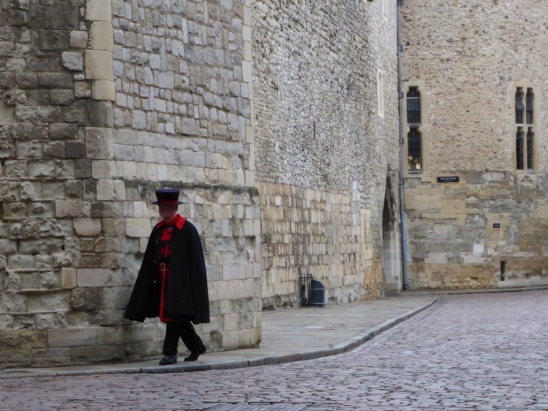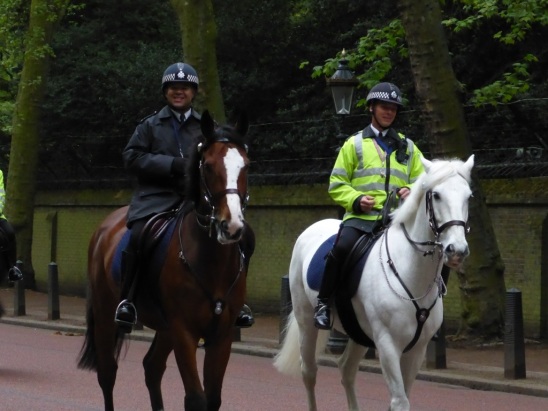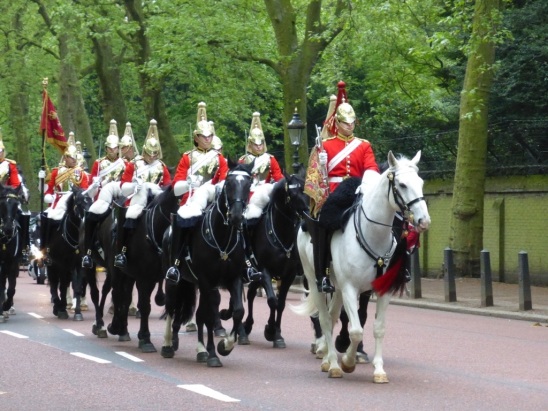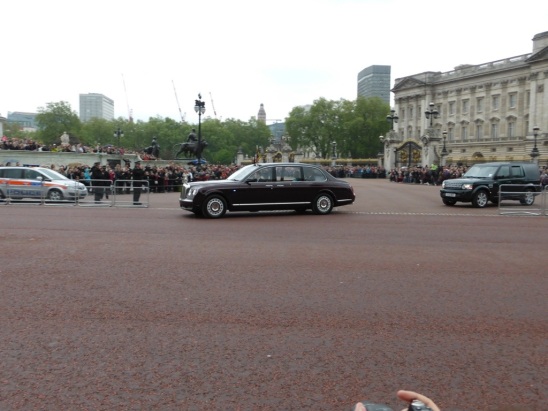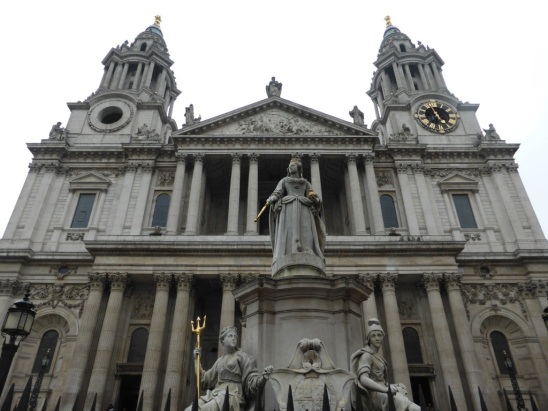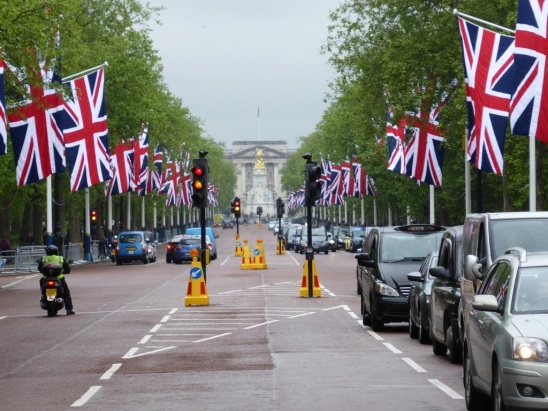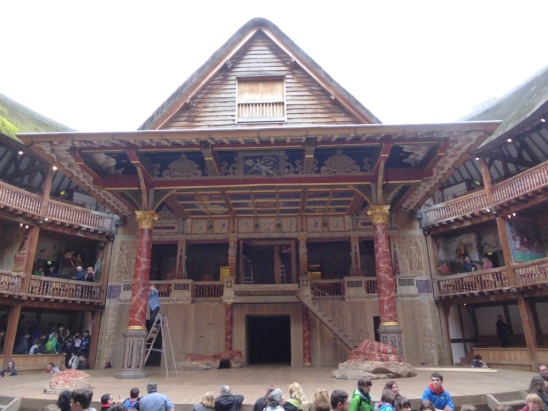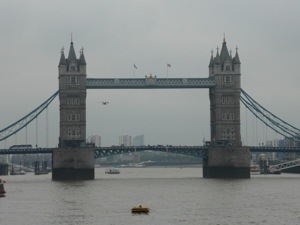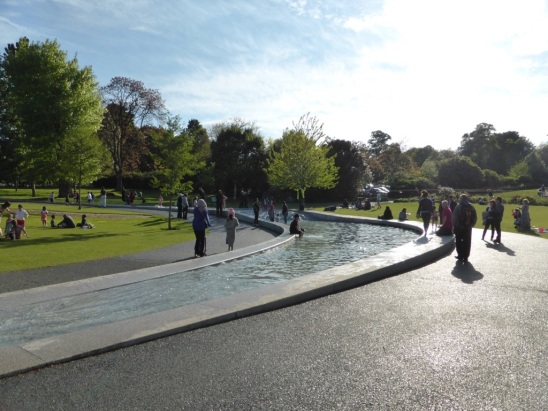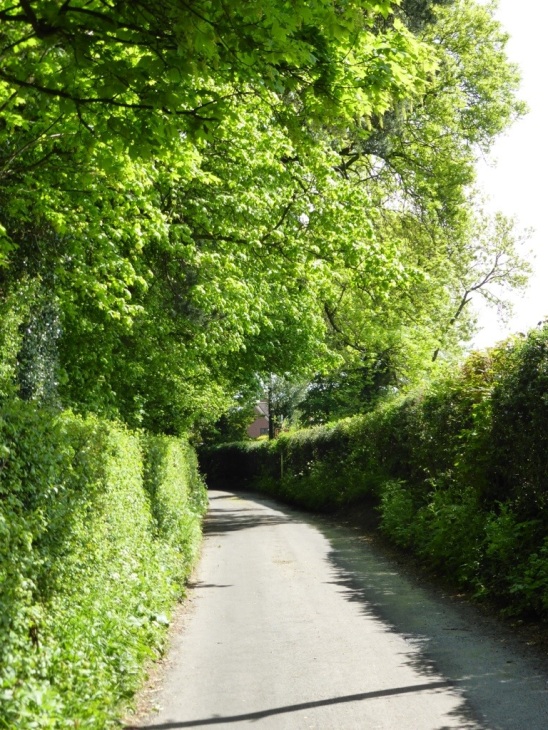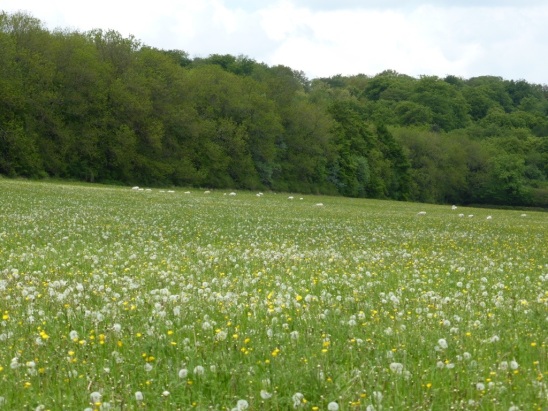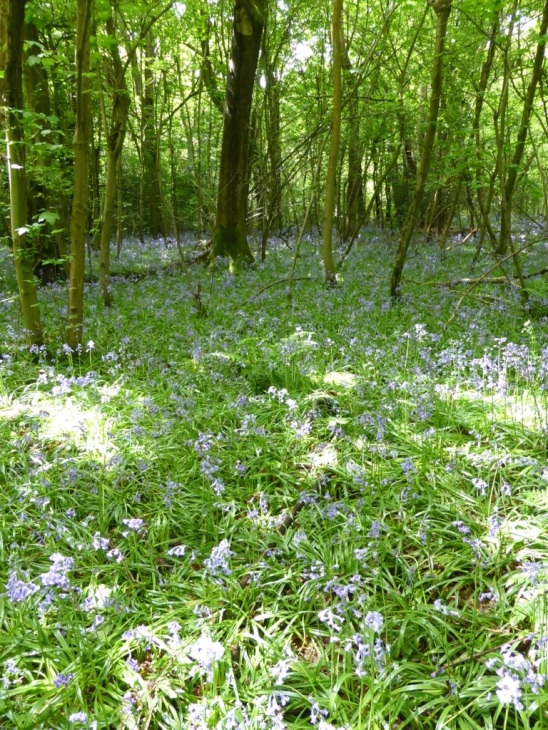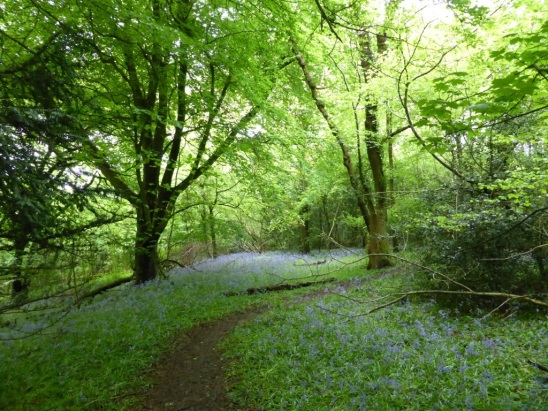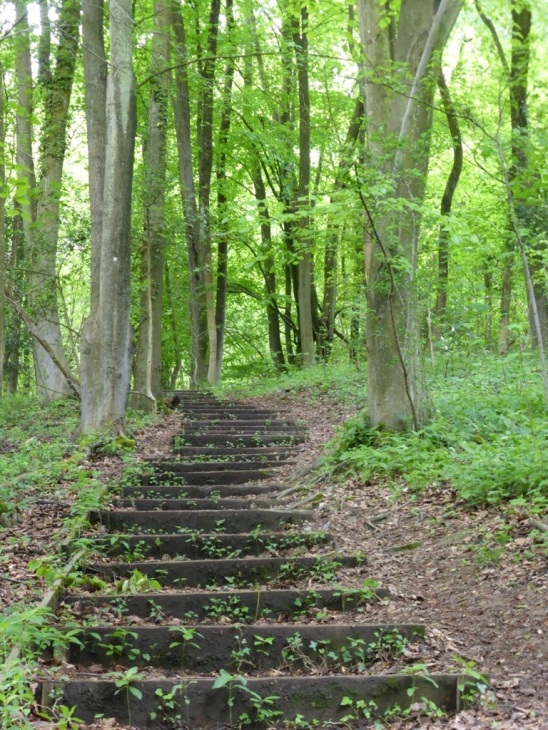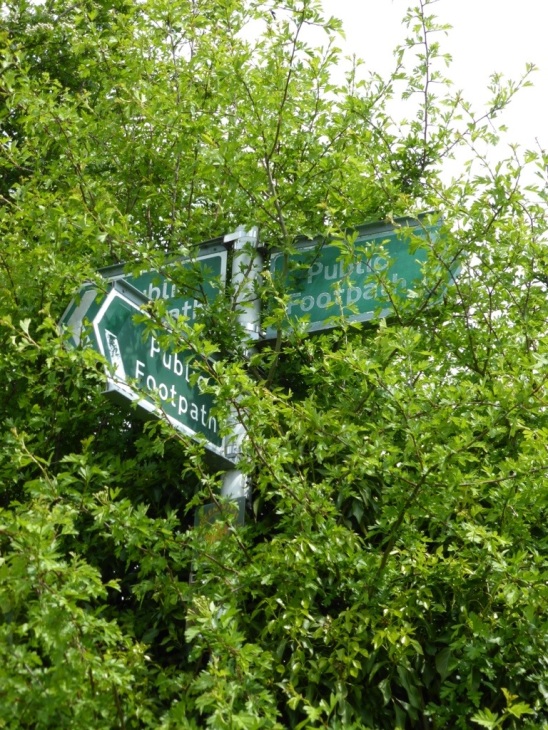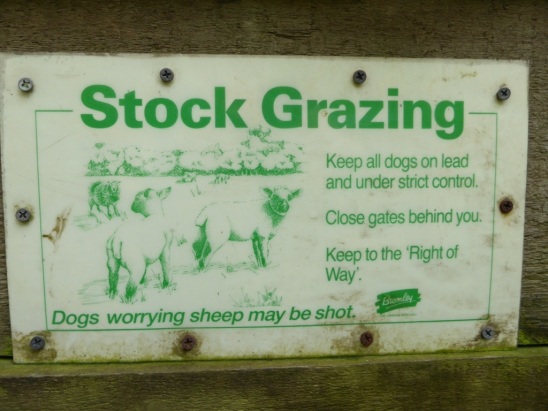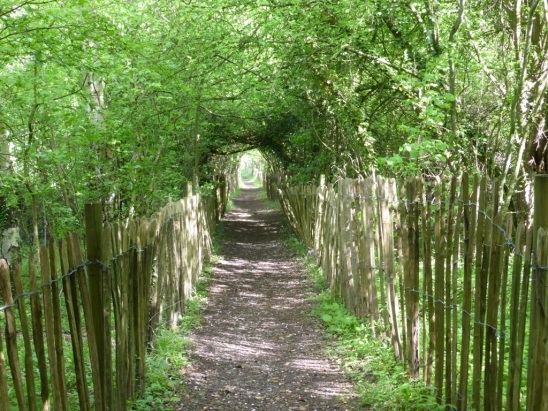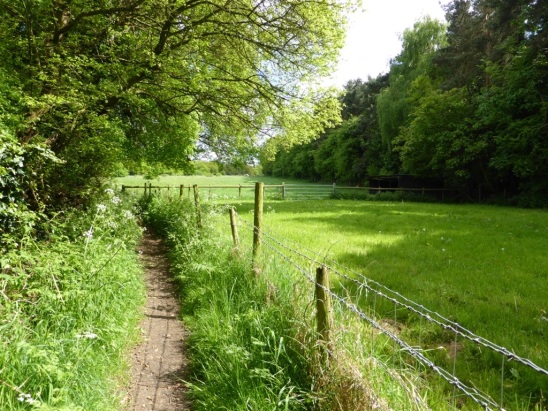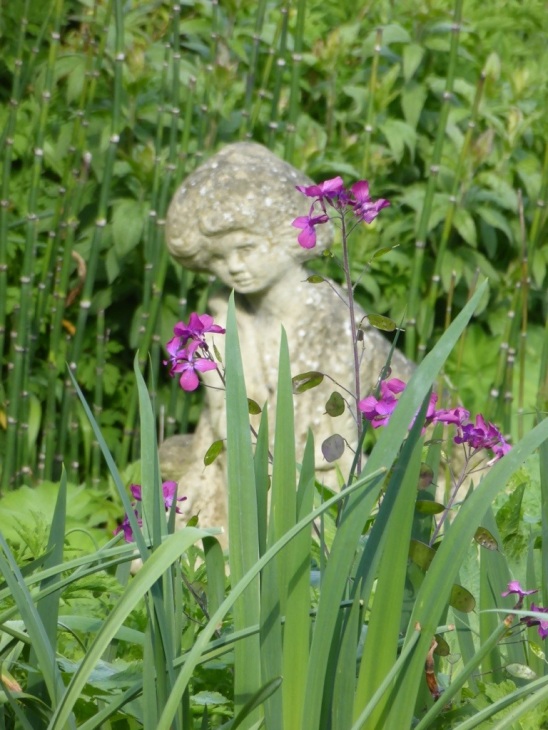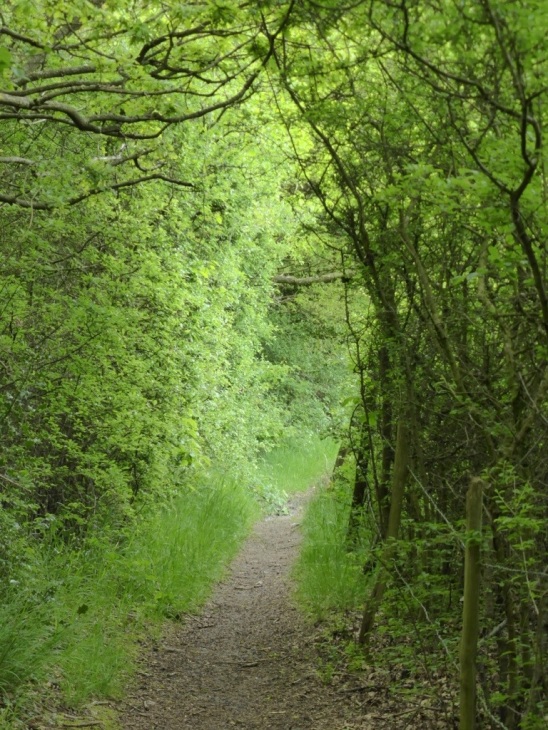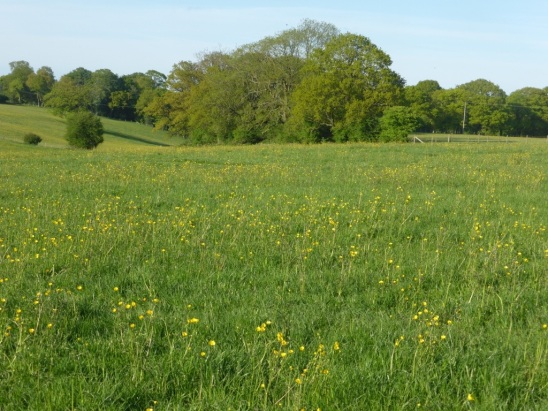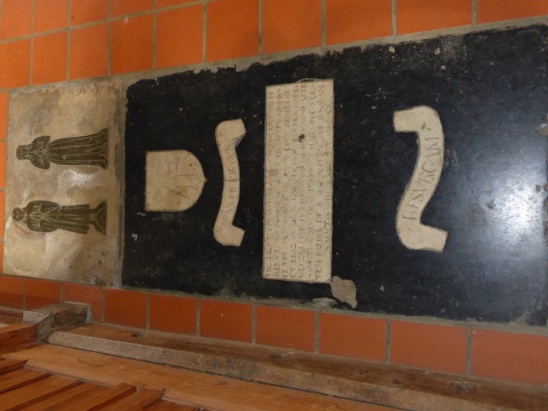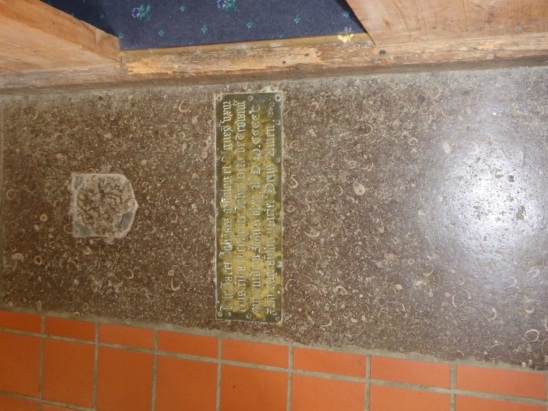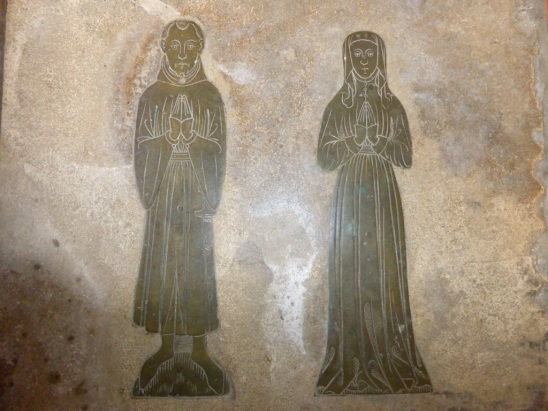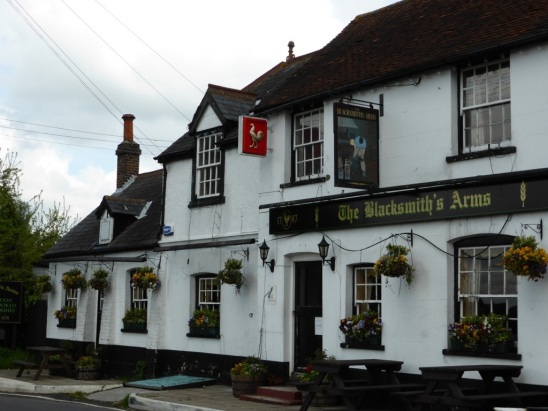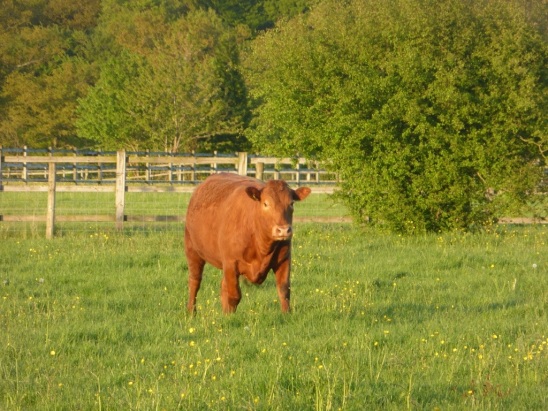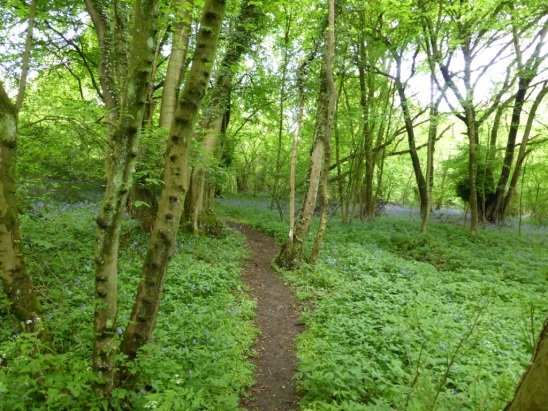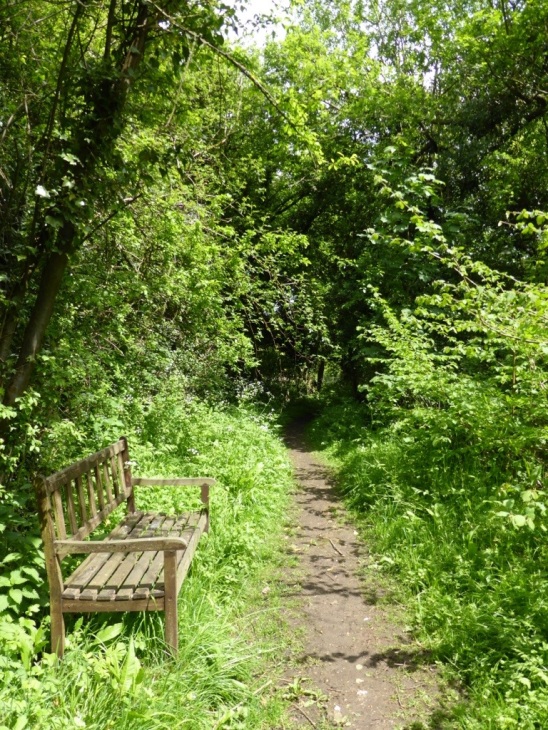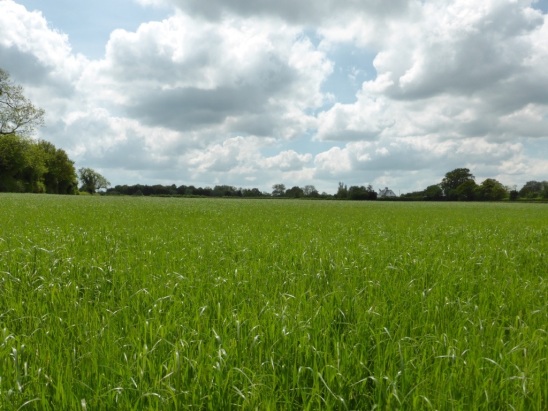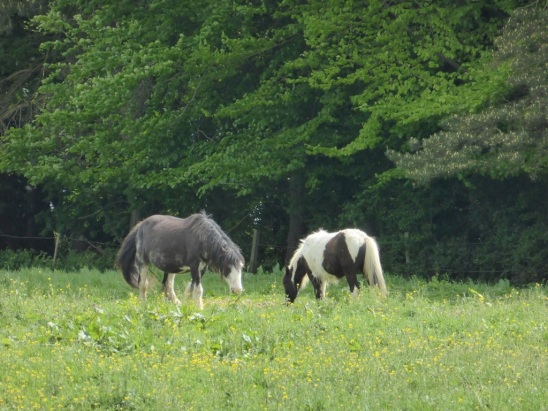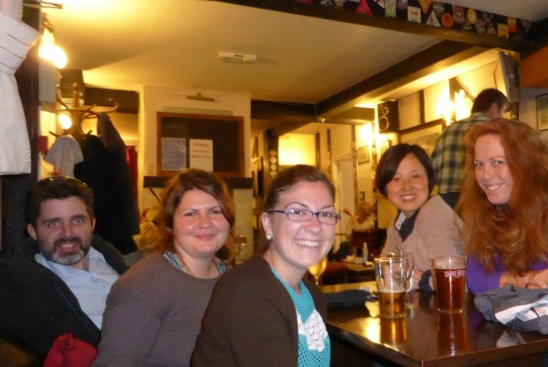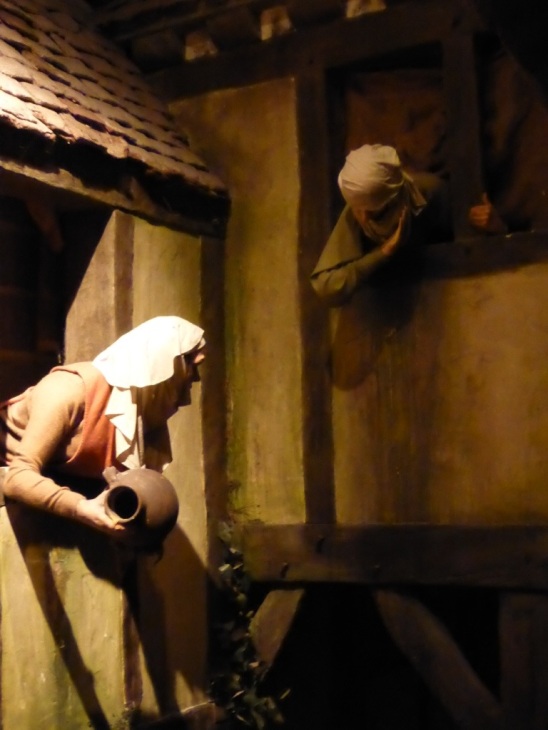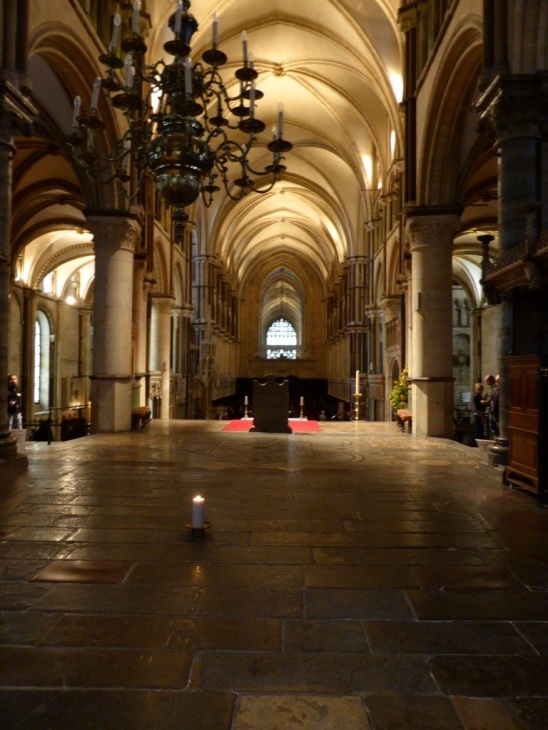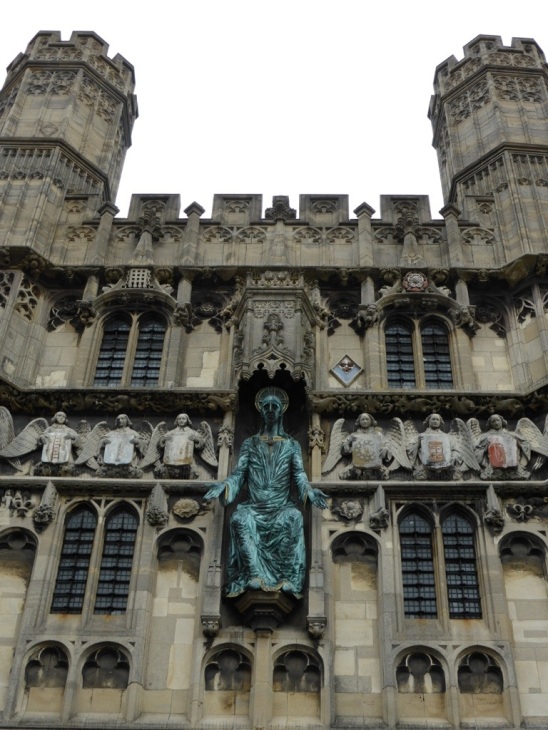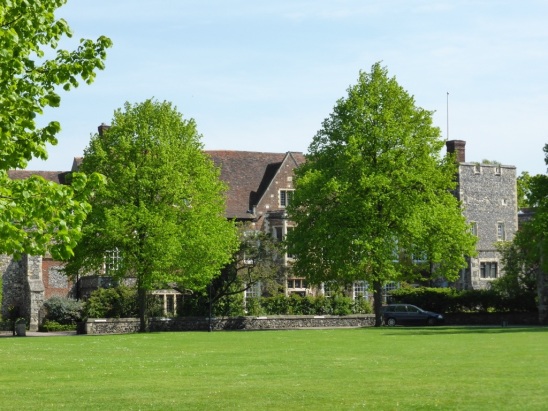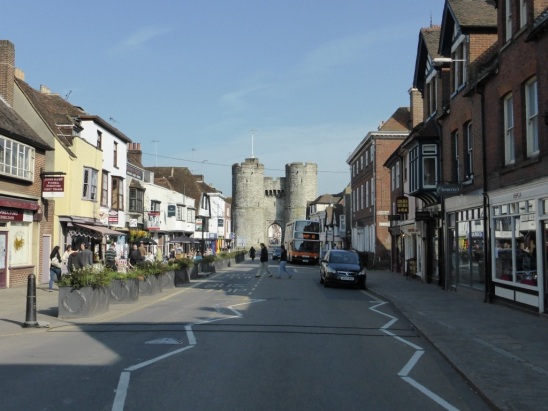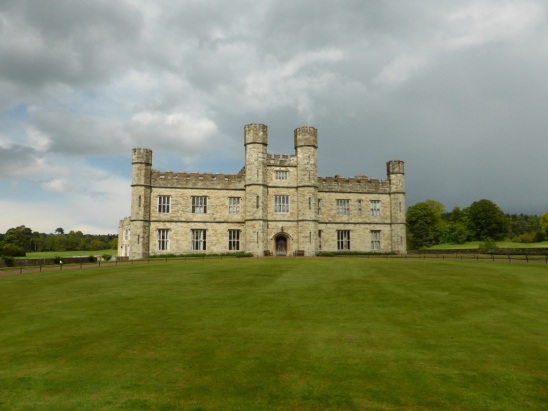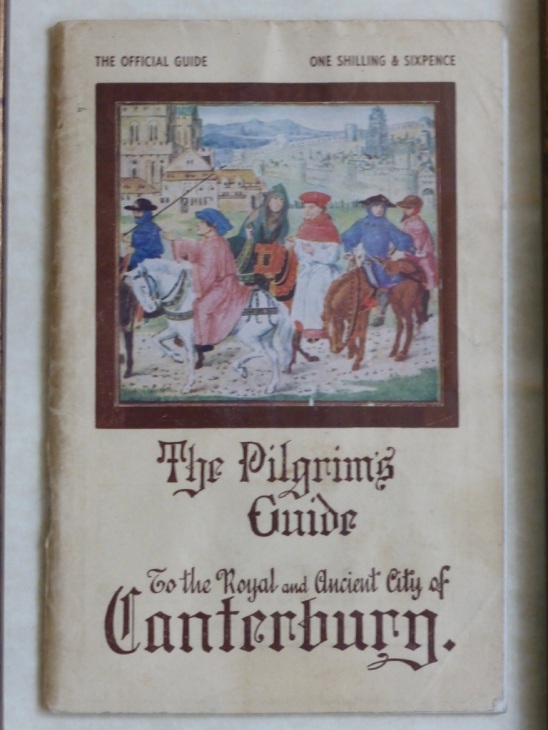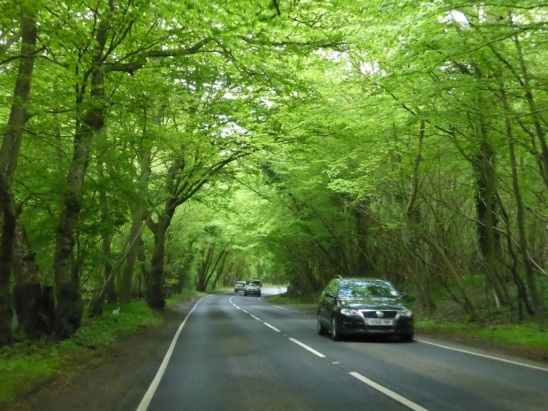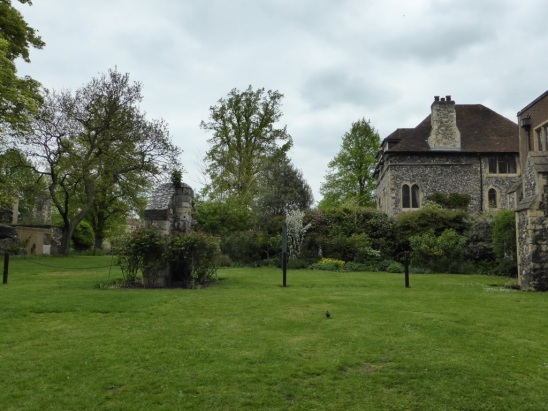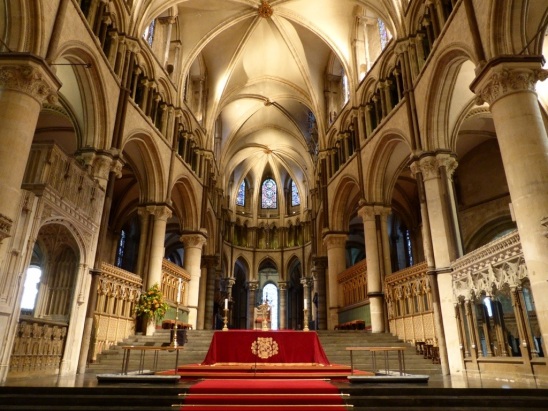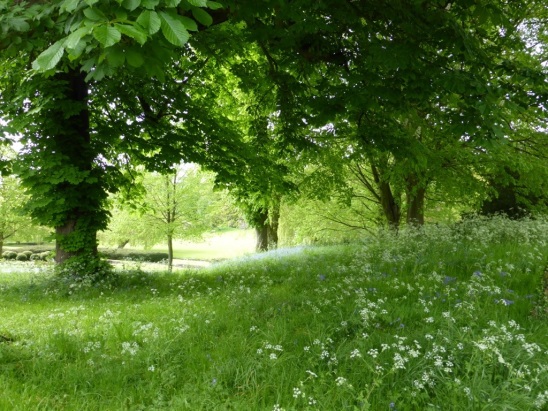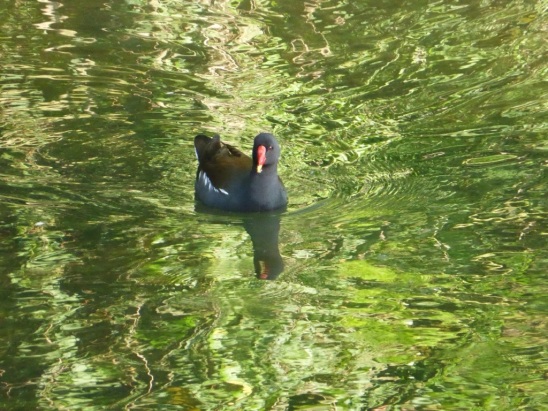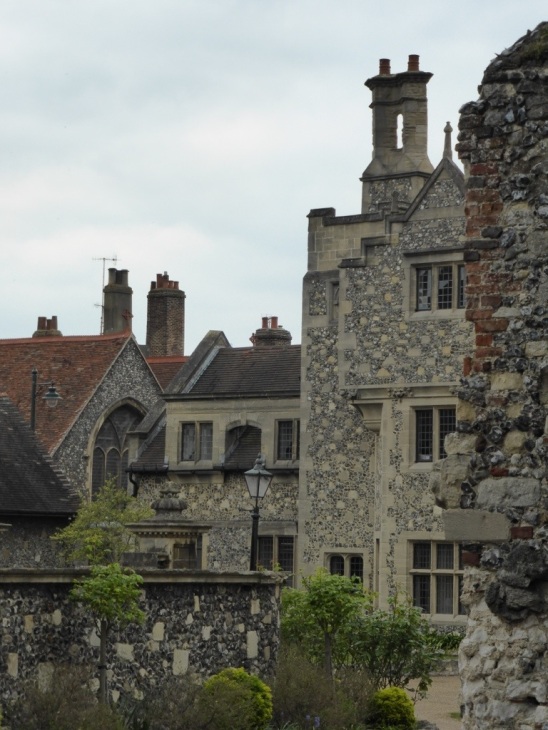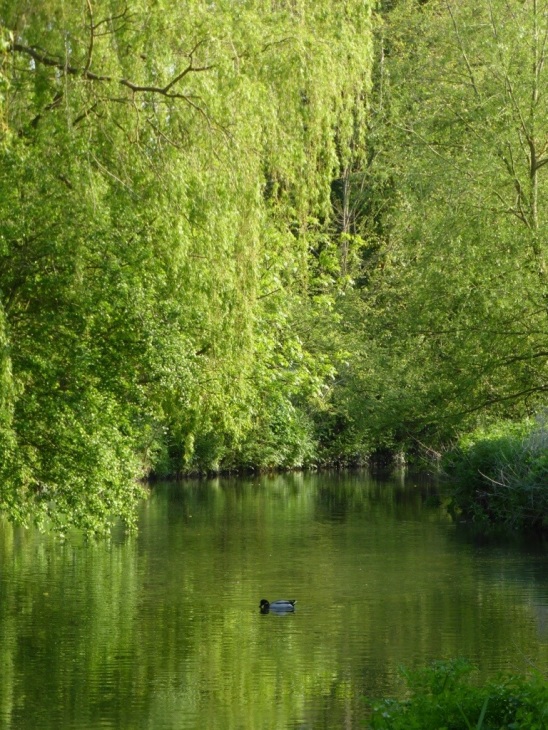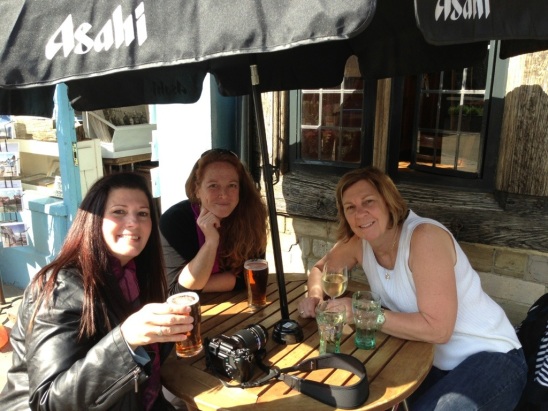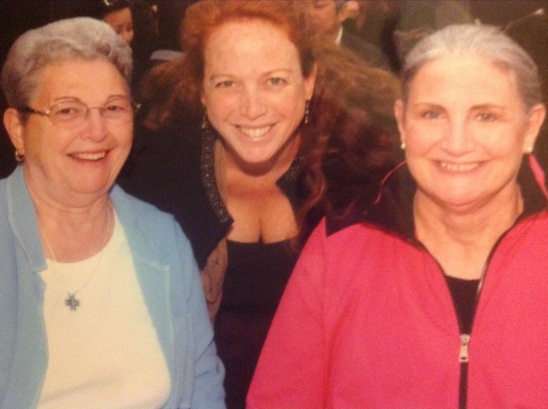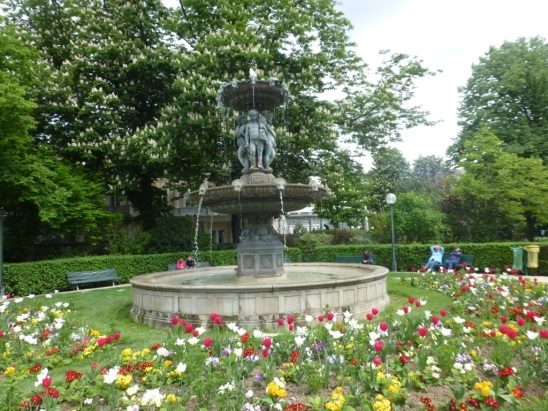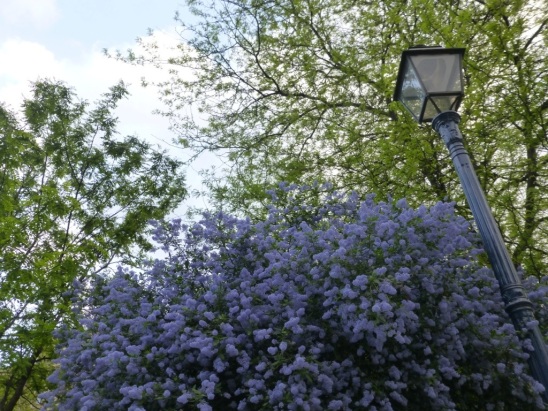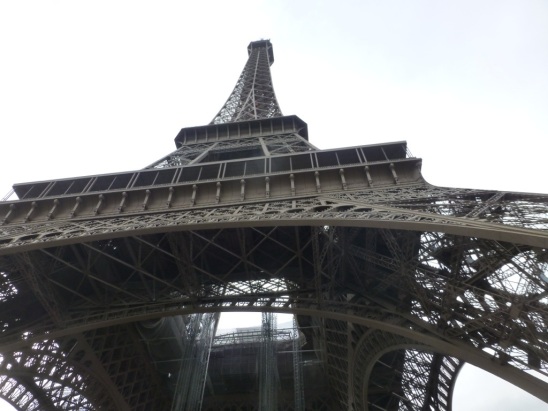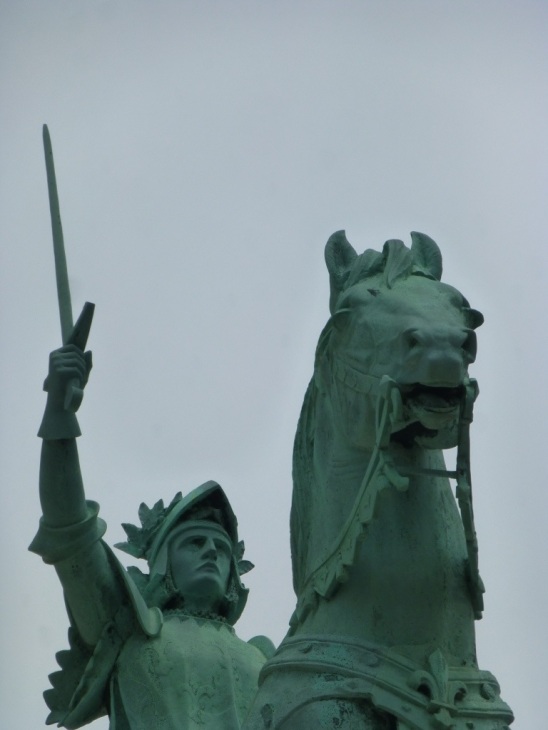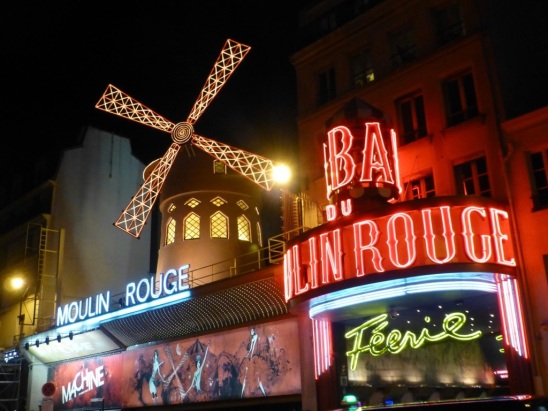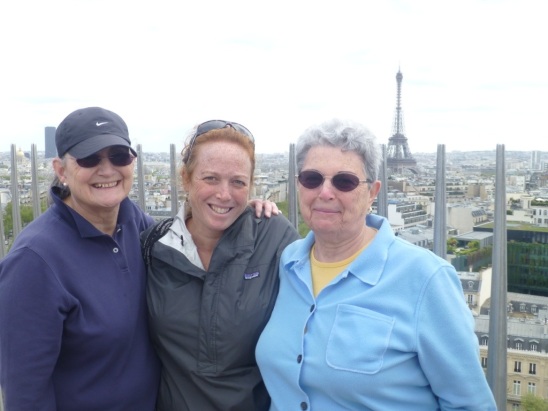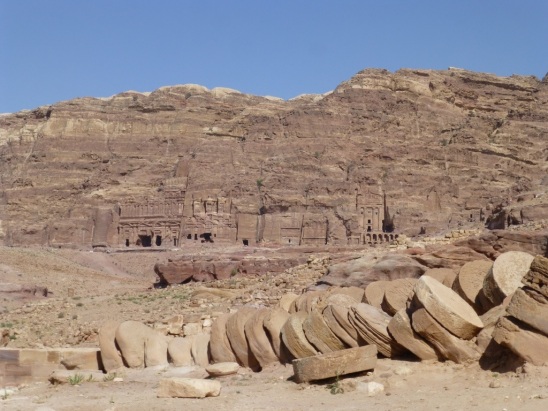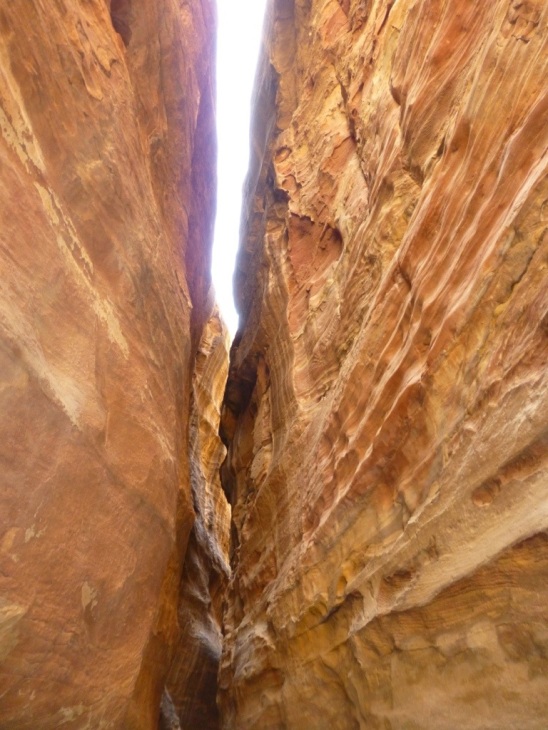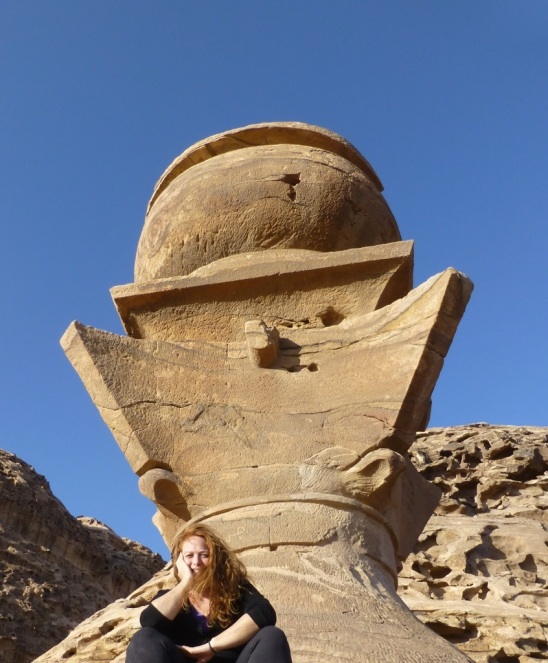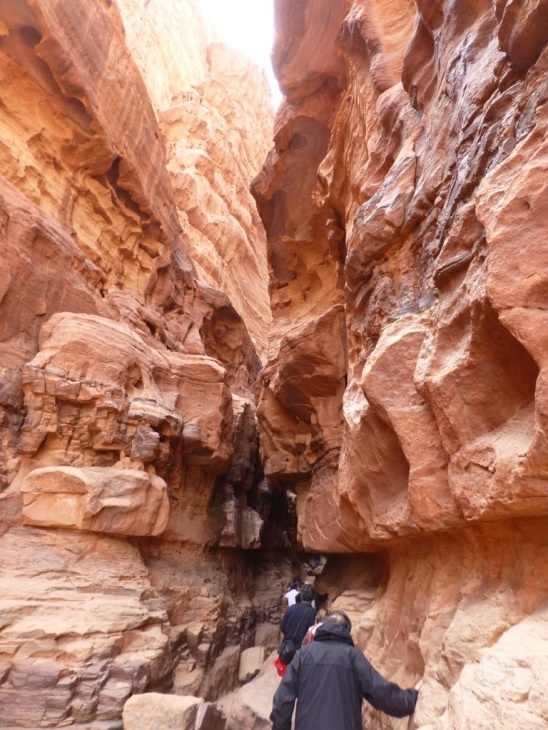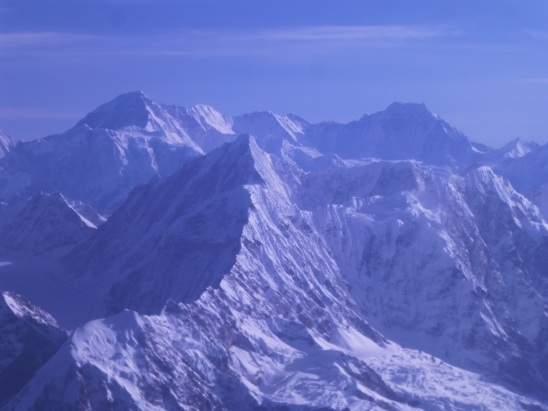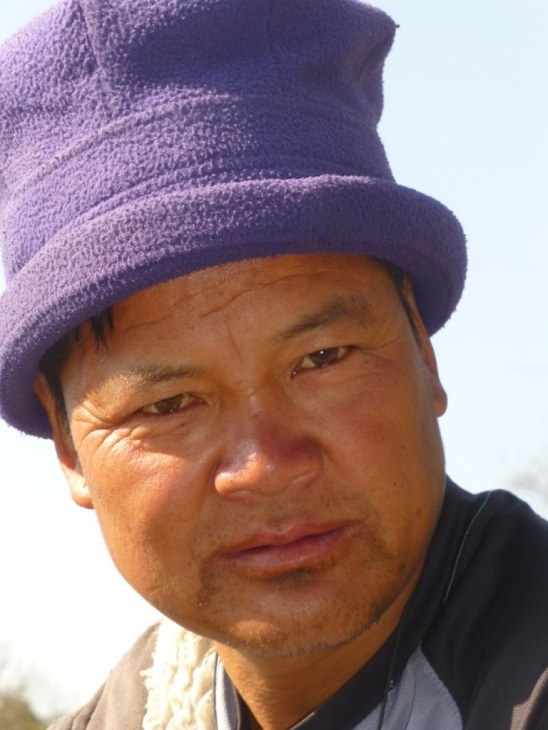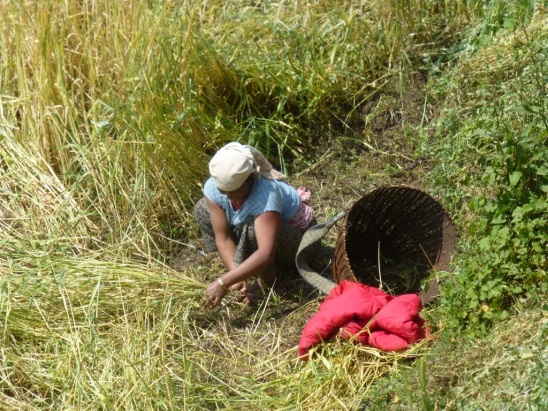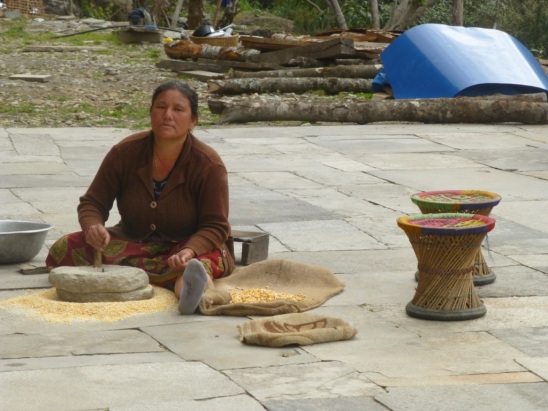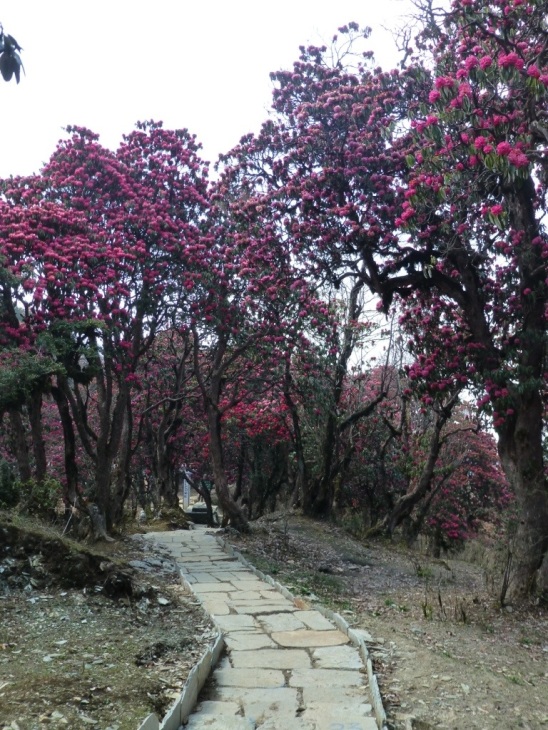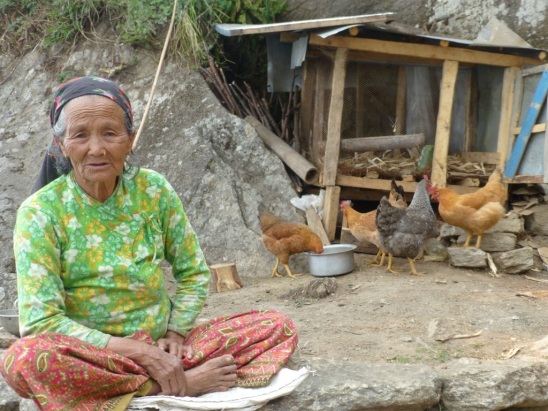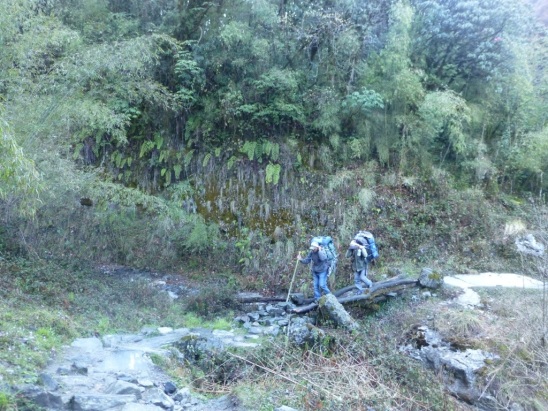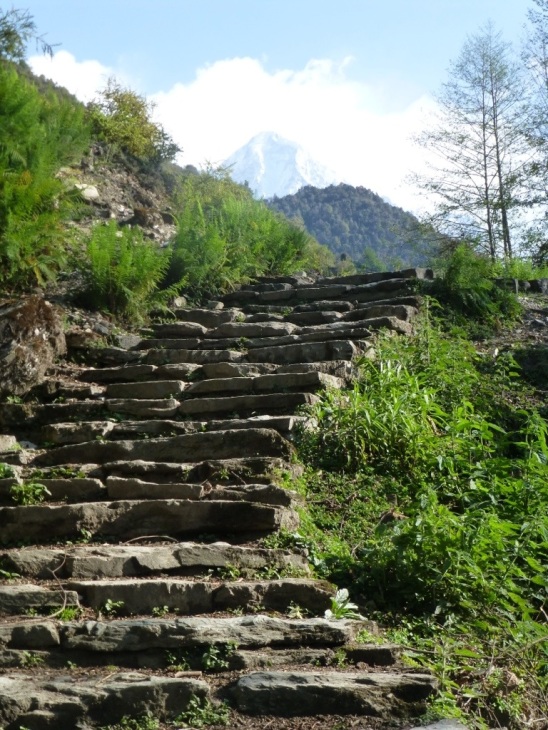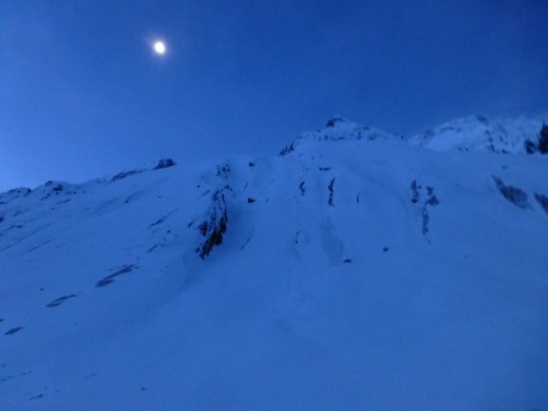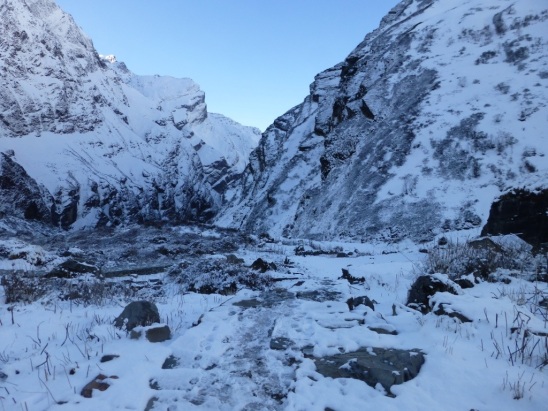Posts tagged ‘Evon LaGrou’
Of Singing, Storytelling & Spirits
Edinburgh is the friendliest big city I have ever visited. That is probably because of it’s history. There used to be a toll to leave or enter the city centuries ago. Since most people could not afford the tax, most people never left. The buildings were built higher and higher to accommodate the increasing population. Interestingly enough, the architects of the Middle Ages discovered how high they could actually layer a building when it did not collapse upon itself. A pub stands at the edge of the city called, “The End of the World.” For most of the inhabitants, at that time, this was near the end of their world; inside the walls was the only world they knew and the people here had to learn to get along with their neighbors since they could not just leave.
The city survived three plagues and villains such as the famous murderers, Burke & Hare, who killed wayward travelers and locals, “no one would miss”. They sold their corpses to the medical school down the road. I was amazed at how many of our colloquial sayings come from this area: such as “laughing ’til your head falls off” and “graveyard shift”. People here seem to know how to tell a good tale from their history. If the teller embellishes, “just a little”, to make it a better yarn; then, you bet, the history will be highlighted with a few extra tidbits.
I heard three different versions of the Stone of Destiny and all guides told me that they had the historical truth. The tales of the dead and the spirits which still walked or haunted the living in underground vaults, the graveyard, city streets and old buildings were a main attraction among the ghost tour guides. The later the tour in the evening hours, the more scary the tales….”Boo!” Things can get a little jumpy with the slightest of sounds. Even though I originally wanted to also attend the 10 PM night tour I found that the stories at the 8:30 PM session was all I wanted to handle before bedtime.
Guides of ghosts tours aren’t the only ones that are famous for their story telling around here. This is one of the few cities I have ever found a literary museum celebrating the work of home town authors; Robert Burns (1759 – 1796), Sir Walter Scott (1771 – 1832) and Robert Louis Stevenson (1850 – 1894) remain a few of their greatest from Edinburgh. But the Elephant Cafe is an even more bustling place than this museum as it is the “Birthplace of Harry Potter.” Yes, J.K. Rowling started her famous series here and you too can sit in the place of her creating for only the cost of an overpriced burger….By the way, wifi is extra.
So when you tire of the spoken or written tale you can listen to the rhythm of the story. You will always find a lyrical version of the stories you hear in the plentiful, yet local, pubs. I loved the fast moving jigs but often, if you listen to the words, you’ll hear sad Scottish stories coming through; such as in the song, “I swear I killed my liver over you.”
Which leaves us with the other type of “spirits” in Edinburgh. Instead of Beer Pubs, expect Whiskey Pubs in Scotland. There are full menus of the variety of aged and processed Scottish whiskey. “We drink it straight or with only a few drops of water to unleash the flavor”, I was told. It is an expensive drink in Scotland and not my favorite; but, I found it was the only thing that could get a few bites of the traditional haggis down. Don’t ask me what it is made of…you don’t want to know.
So, in this city you can find two kinds of spirits and many types of story tellers. I learned that I should not always believe what I hear, approach any spirit with caution and the music is never too far away in this capitol of Scotland.
London Experience
London can be an overwhelming place. This is my second time here and I don’t think I have even scratched the surface of it. My favorite days include long walks through the city, taking in the familiar highlights, and attending theater production at the Globe. Learning some of the family connections to this city proved to hold unexpected discoveries and learning opportunities as well.
It was good to see the complete facelift of St Paul’s Cathedral….Things looked bright and shiny this visit. This was my first tour inside Westminster Abbey as it was closed last time I was in town. I was struck by the artistic detail in the design of this place. From the woodwork to the marble, everything was in perfect condition. I enjoyed listening to the audio guide here that peacefully moves one through the chapel. It was worth the high price to tour this church as both St. Paul’s and Westminster charge a hefty eighteen pound entrance fee.
It was interesting to see Chaucer’s tomb in Poet’s Corner at Westminster. Chaucer was interned here for his service to the state more than his literary works. He was the first to be buried in what would later be called Poet’s corner. The marble tomb itself is quite short. His red and gold shield is displayed on the wall behind the tomb. There is a detailed marble-work canopy above.
My favorite days were just walking around to see the sights. Covent Gardens, Big Ben, Tower Bridge, Parliament, Buckingham Place and the Changing of the Guards, Hyde Park, St. James Park, Diana’s Fountain and Temple Church to name a few. I enjoyed meeting a friend I met in Cape Town last December. It was nice to see a familiar face and have a local tour guide on a sunny London day. I also survived two rainy walking days in London and I did not succumb to purchasing an umbrella. I learned a lot of history on these days of guided walks so I was glad I marched on despite the rain.
I decided I should attend at least one theater performance; I choose to go to the Globe theater to see The Tempest. It was fun to watch a performance here. I tried to imagine members of audience wearing Victorian era clothes as that was all that was missing from feeling completely feel transported back to Shakespeare’s time. I choose to stand in the yard. It was wonderful to be so close up, but after almost three hours, I admit I had a bit os a stiff neck afterwards.
I had decided that this time in the city I would spend a day discovering the Tower of London. I guess, like most people, I just thought of this place as a medieval prison where people were beheaded and tortured. To my surprise it has been a fort, palace for royalty, mint, treasury, place for records preservation, storage facility, armory and the location of the vault containing the state Crown Jewels.
I enjoyed seeing the Crown Jewels and other royal service-ware. The two largest cut diamonds in the world can be seen here. I also loved walking through the armory. There were a few pieces of armor belonging to King Henry the VIII displayed in the White Tower.
I looked at the name by this armor; I expected to see Henry Manning as the crafter in at least one piece as I knew he had made armor for this King. I took a photo of the name, Erasmus Kirkener. Later that night I went back to the genealogy logs my aunt had sent me. There by Henry Manning’s name was his wife Catherine Kirkener daughter of Erasmus Kirkener. The document said that Henry had learned how to craft armor from his father-in-law before becoming keeper of the Royal Park at Greenwich, and later Knight-Marshall in the royal palace. So I learned another unexpected connection!
The main reason I choose to go to the Tower, however, was because is it the place of my sixteenth great grandfather’s death. There is a book that records which records all the deaths that occurred at the Tower. I was able to get a photo of William Baron Hastings entry:
Supporting Edward V in the Council Chamber of the White Tower. Richard III also accused him of sorcery in making his arm so withered. Executed on a crude block on Tower Green on June 13, 1483.
Edward the V was one of the two young princes held in the Tower, named the Bloody Tower after the disappearance of Edward and his younger brother. Edward was the son of King and was next in line for the throne. Richard III was the princes uncle. The tower death record lists the death of the princes directly before Lord Hastings:
“Safe custody” and preparation for coronation. Murdered in the Garden Tower on “orders” of the Duke of Gloucester (Richard III) Bodies fund in 1674
The Yeoman like to tell the tail of these events. I heard about three different renditions while I was there. The bottom line is that there was a council meeting in the White Tower. At some point Baron Hastings said something that questioned the disappearance of the princes or supporting the former kings first born son. Richard III, without ever completing a formal recorded charge and without a court proceeding ordered that Hastings be executed. All the Yeoman seemed to enjoy reciting Shakespeare’s version, “I shall not dine until Hastings head is on a plater.”
All Yeoman agreed that this was the only beheading that was done without a formal block. The executioners used the first piece of wood they came to just outside the Tower near the Green. So that’s that. I guess I am proud that it seemed like he tried to do the right thing. Even though, the right thing could get a person into a lot of hot water at that time. I guess it still can but usually it doesn’t end in beheading nowadays.
Just near the green there is a circular memorial for: William, Lord Hastings 1483, Queen Anne Boleyn 1536, Margaret, Countess of Salisbury 1541, Jane Viscountess Rochford 1542, Queen Katherine Howard 1542, Lady Jane Grey 1554, Robert Devereux, Earl of Essex 1601, Highlander Farquhar Shaw 1743, Highlander Samuel Macpherson 1743, Highlander Malcolm Macpherson 1743. This poem struct me as it asked us to pause “while we walk the generations … under these restless skies.” The full inscription reads:
Gentle visitor pause awhile where you stand
Death cut away the light of many days
Here jeweled names were broken
from the vivid thread of life
May they rest in peace
while we walk the generations
around their strife and courage
under these restless skies.
If you have been reading the last few blogs, you are aware that I have been traveling to places where I had past family live in England. It has been a fun way to learn about history and I would encourage others to travel this way if you are able. From my experience in England, it is easier to make meaningful discoveries when you walk where they did. Even if it is just getting lost on a footpath in an area where your family once lived. It does make one think about your connections to a place and a people in a different way.
Chasing Chaucer – Part II, Cudham and Downe
In the year 1364, Kathleen Chaucer married Simon Manning in London and they moved about twenty-miles away, to his home village, in Codham, Kent. Their grandson John Manning would marry a girl from the next village. The Manning family spent the majority of six generations in these two villages from the mid fourteenth to early seventeen centuries. Codham has change the pronunciation and spelling of the township to Cudham since that time and the cars have a difficult time maneuvering the narrow roads that were not built for two lane traffic; but both are still rural townships and probably have the same number of businesses as they did centuries ago.
I stayed in the only accommodation between Cudham and Downe, a house rental a short walk down Cakett’s Lane. In addition to a significant lack in tourist housing, both communities do not have regular or direct public transportation between the two. I decided to walk rather than rent a car as I discovered that even riding in the passenger seat in rural England seemed to unnerve me. I also assumed that I could have a more authentic experience to walk as my ancestors did long ago. Besides, I am told that “footpaths are the English way”.
Even though Downe was only a mile away it took me all day Saturday morning to arrive as the footpaths were clearly marked “footpath” but often the sign did not clearly state where the footpath lead. At times I found myself looking up at a pole with the word “footpath” written on three signs, each pointed in different direction. I looked up then over at each footpath going a different direction. It was like tossing a coin in my mind to decided which way I should go. I know for certain that I did not take the most direct route.
Perfectly cut hedges bordered farmland, pastures and roadsides instead of the fences. Five to fifteen feet tall they lined the roads. Hedges made up of bushes, ivy, flowers and even some weeds. Anything and everything green, each trying to overtake their neighbors but none would win as the land owner would straighten the hedge of the disobedient. Such hedges made it difficult to keep ones direction as one could not see above them to recognize familiar landmarks such as hills or church steeples.
So I wandered through sheep pastures and fields of tall green grass. I looked up at the canopies of green shrubs rounded overhead. I was often lost amongst the flourishing trees.
I walked past the fields to the hills on the narrow path; trees tower above, ferns become plentiful, and ivy dominates the space left over in this wonderland. I could not hear a sound from the towns that must be close-by…. “I am sure I have not walked past them”, I think to myself.
As I climb the hill, a blanket of purple appears before me. The blue bells were out in full force and gently covering the earth as the dirt path winds higher. Yes, it took most of the morning to arrive and to return to Cudham but the walk was wonderful and each turn lead to a new discovery.
I walked around Downe and entered the church where my twelfth-great grandparent and other ancestors had been buried. I looked for the houses and buildings made of flint rocks which would have been the material used to build during their time.
I made some unexpected discoveries too. I ate at a pub called Queen’s Head and I learned that it was called Queens Heads in tribute to Queen Elizabeth’s visit to Downe in 1559 when she attended Margaret Manning’s baptism. I also learned that a Manning was a previous owner of Down House, which was later owned by Charles Darwin. I was able to walk by the family property where our tenth great-grandmother was raised. I was unexpectedly given baptism and death records for the Manning family while I was in Downe. I was able to walk through the fields where Darwin pondered his ideas and did his research. Finally, I discovered the hidden garden behind my rented flat which was known throughout England as a master garden.
I found Cudham and Downe to be peaceful villages where one could let the world fall away and wander without a care. No wonder our family decided to live here for so many years.
Chasing Chaucer – Part One, Canterbury
I have never really been too interested in genealogy. I especially was not interested in all the work that was required with such a hobby; finding the connections between generations more than a century old and can take countless hours to research. Often those hours lead to a complete dead end. I think people who enjoy this work, may view it as a game of strategy. Such family historians may only find proof for one right connection out of hundreds of searches; But in that one right find, well, that victory can last for months and will motivate them to continue on their quest.
Luckily there are such people in my family line that love do this type of detailed research. It is from that research that I have based my next set of travels. I have landed in southwest England to follow the path of my sixteenth great-grandmother, Kathleen Chaucer and her family.
Most people, rich or poor made pilgrimage to Canterbury during the time of Kathleen Chaucer and it is likely that several members of my family line traveled to Canterbury. It is recorded that her brother, Geoffrey Chaucer, did travel here during his work for the state and for the funeral of Prince Edward, The Black Prince. However, he is most famous for his writing of the Canterbury Tales.
Geoffrey Chaucer was someone who revolutionized writing of his day. He was the first author to introduce fictional characters and the first to write in plain English during a time when most works were penned in more courtly languages, such as French. The Tales were about the pilgrimage to Canterbury and a fictional contest of stories told along the way.
While I was there I learned that if the religious or those in need of “healing” wanted to set out on a pilgrimage and “did not have the money to go to Jerusalem then they went to Rome. If they did not have the money to go to Rome, then they went to Canterbury.” Why did they go to Canterbury? Well, in 597, the Pope sent a man, St. Augustine, to Canterbury to “christianize” the island; Since that time the seat of the religious leader in England has been in Canterbury. The bishop held a lot of power in Canterbury and that did not always sit well with the royal leader in charge.
In 1170, the bishop of Canterbury was murdered in the cathedral by the soldiers of the King who thought this would please their royal leader. Almost immediately after the murder, pilgrims made the long journey to the place of martyrdom of Thomas Beckett. During eight hundred years of pilgrimages monks, who watched the tomb, witnessed and documented over five hundred miracles. Then King Henry VIII could not get a divorce from the Pope in Rome and he single-handedly got rid of everything Roman Catholic; including Saint Thomas Becket who he apparently had burned and his ashes scattered in the wind. This is also how the Anglican Church of England was born.
The Arch Bishop of the worldwide Anglican Church is seated at the Cathedral in Canterbury. There is a candle that sits on the tile floor were the tomb of Thomas Becket was located. The only other reminder of what had been here is a large rectangle rift in the marble floor created by thousands of visitors walking around the tomb.
As an Episcopalian, which is part of the worldwide Anglican Church, I was surprised how connected I felt to the Cathedral upon hearing the history of the church and attending two services while I was here. I particularly loved listening to the boys choir at Evensong one night. I have never seen so many eight to twelve year old boys ever act so proper or sound more angelic.
The pews at the Sunday service were full for the Pentecost. The newly elected city council were in attendance, as they are every year at this time, and sat in the front rows dressed in flowing robes, hats, white gloves. Two men in the front row wore traditional white wigs. Yes, tradition is alive and well in Canterbury.
I went on several tours to learn about the history here. I loved the Canterbury Tales “tour” performed by local university drama students. I walked with one guide in the city that reviewed everything from the changing architecture over the centuries to stories of historical figures as we walked through the streets. The night ghost tour walked some of the same paths as the city guide but the stories changed; rather than the traditional history of architecture and local citizens, we learn of those who died and still lerk around the living.
My favorite part of Canterbury was taking in the environment of the place. It is called a city because of the Cathedral but the population is that of a small town. Once one wanders outside this walled medieval city there are green fields, streams and meadows. Ivy and wisteria climb the flint rock walls and up two story homes. Instead of a coffee shop on every corner, there is a pub and once inside there holds a welcoming smile. It is a place were no one is a stranger for very long.
I was going to stay in Canterbury for a few days day and I made myself leave after a week. The pace of life was so easy, the people so friendly and the surroundings so stunning I really thought I could return to live here. If you are looking for a slower place of life then look no further than Canterbury.
Two Weeks In Paris
Paris holds a special place in my heart because it is the city where my grandmother was born. I remember my first journey to Paris; I was in awe of the gardens, the lights, the perfect symmetry of the city and the beautiful bridges that cross the Seine….Well, really I was in awe of everything that gives Paris that unique atmosphere which transports you to a different time and place.
I also remember seeing the monuments of Paris, such as the Eiffel Tower and Arc de Triumph, and knowing that my grandmother must have seen these sights too as they tower visibly from several vantage points across the city. I still feel a little more connected to her each time I return to Paris.
These past two weeks were even more special because I was able to share her city with my mom and aunt. This was my aunts first time in Paris and it was fun to watch her face as she saw the famous sights that are bigger, brighter and more amazing than mere photographs can capture. And when you see these sights for the first time you can not help but look up and mouth… “Wow”, as you try to take in all the details.
As I look at the photographs from our Paris trip, I notice that my mom and aunt are often looking up or pointing out something to each other. Making sure that each of us doesn’t miss some detail that could go unnoticed or that photographs can’t capture. Either the photo is in full zoom and you miss how large the structure is or you take a wide angle photo that will not capture the detail in what we are seeing. In several of the pictures, I can just hear my aunt say to her sister, “Marcelle, look at that.”
That is the way it is in Paris because there is so much to see everywhere. Every time I return I make new discoveries and see something that I may have passed by on a another trip and not noticed.
We went to all the big sights. There was a “to do” list on the mirror in the living room of our apartment. Anyone could add to the list and I made sure we got around to the requested sights. Every evening the three of us gathered around a map, also posted in the living room apartment, as I highlighted where we had been that day in relationship to what we had already discovered in Paris.
We spent a day in Versailles, we went to several churches and at least five museums including Musée d’Orsay and the Orangerie. We walk in the Garden of Tuileries, and spent time walking in the laid back and artistic Montmartre and Latin Quarters. We went to evening concerts at Norte Dame and St. Chappell. We had dinner and enjoyed a show at the famous Moulin Rouge and also enjoyed a Mother’s Day dinner cruise on the Seine.
Since we had so much time in the city, we were able to leisurely take our time and absorb our environment. We enjoyed going to the nearby produce stand nearly every afternoon for the freshest fruits and vegetables. Then we would go next door to the bakery to get fresh baked bread. The other specialty food stores would round off our shopping. It is the Parisian way to buy fresh food daily rather than “stockpile” for a week or more. We found this was a fun experience to share together. However tired we were from a day of museums and touring we always seemed to have energy to shop for groceries.
Yes, we indeed had a packed two weeks while in Paris. What surprised me is that upon returning to a couple of museums, I turned the corner and saw a picture of a favorite artist and I thought, “Oh, there you are.” Like an old friend who had been waiting for me to return again. I found this city still had surprises for me and still leaves me in awe at her magnificence.
I loved walking around and taking in the city at a slower pace. I loved watching the stain glass turn colors as the sun set during an evening concert. I loved the outings for crepes or creme brûlée which seemed to become a daily event. I loved our latte breaks to discuss all we had seen that morning and late night conversations which made morning coffee a requirement. But most of all, I loved this special time together with my grandmother’s two girls. I know that I will cherish our time in Paris my entire life.
Attached is a link to a video of our time in Paris. The black and white photo is of my grandmother and great-grandmother before they had left Paris at the end of the First World War. I made this video for my mom and aunt as a reminder our incredible time together. I can’t wait for the next trip. Enjoy!
The Cinematography That Is Jordan
So what happens when you show a kid, with a travelers heart, a movie like Indiana Jones, Raiders of the Lost Ark? Answer: They never forget the hero riding through the winding narrow passageway toward a magnificent structure carved in the red rock.
Petra has been on my list since I learned the location of this amazing movie site seen as a child. However, Petra and nearby desert of Wadi Rum is host to what would seem several larger than life Hollywood locations. Let me tell you, I have been there and these sites and are not just a creation of a cinematography technical trick.
No, the sights in Jordan are actually “larger than amazing” and other films that would use southern Jordan as a movie backdrop include the recent Transformers: The Revenge of the Fallen to, the epic film, Lawrence of Arabia.
Petra and Wadi Rum were both inhabited by the Nabataeans which settled in the area in the fourth century BC.
Petra was a large city that was a meeting caravan for merchants from the Silk Road. The community was able control the water supply and create and oasis in the middle of the desert. It had dams to divert the flash floods from a heavy rain and piped in drinking two water systems for the animals, plants and humans.
These innovations lead to a thriving community that inhabited the area until later Roman times when trade was rerouted to the sea. An earthquake in the fourth century sealed its fate, Petra became a lost city, unknown to the world, until a Swiss man rediscovered it in 1812.
The famous Treasury in the Indiana Jones movie is actually a tomb. The Monastery, made famous by the Transformer: Revenge of the Fallen movie is also found in Petra. However there are many buildings carved into the rock which would take several days to fully discover. I found a crazy local guide who insisted on maximizing my time in the lost city.
I saw the sunset past the Monastery from a canvased covered tea house named the “MOST BEST VIEW” by the merchant. After the sun went down my guide ensured me that riding a mule in the dark was perfectly safe. However, the mule was within less than an inch of falling off the cliff on several occasions and I was sure it could not see in the dark.
I held onto the front strap with my left hand and back harness with my right as tightly as I could. I had decided that “if I was going down then the mule was going” with me. I leaned back as far as I could and I was sure that this method of transport, at this time of night, was a bad idea. But I went with it anyway.
The animal clomped down the hill at an eighty or more degree angle. I was positive that walking down would be a better plan but we might miss the Petra by Night show insisted the guide. My guide ensured me that this was better way down the hill and though I did arrive safely some forty-five minutes later, I am sure that I am now well prepare to compete in the World Famous Omak Suicide Race after this mule ride.
I left the ancient city after the night light show and found there was more to discover the next day but still did not see everything. So I someday I hope to return and see the temple at the top of the hill and Arron’s tomb, brother of Moses, at the top of another hill.
I explored enough to get a feel for the greatness of it all, including the engineering feats, to create this city more than two thousand years ago. Oh, how wonderful it would have been to see it in it heyday with sculptures on the walls as you enter the city through the long and narrow passageway.
The Nabatean community also inhabited the desert of Wadi Rum where petroglyphs from as early as the fourth century BC can be found. Both white and red sand can be found in this desert and the brilliant colors are a reflection on the mineral deposits in the rocks.
I spent the night sleeping by a campfire in the desert, just outside of the local Bedouin village in the area. The sandstone and granite hills have been weathered by the environmental elements such as wind and rain to create unique shapes in the rocks. As we toured the desert landscape by jeep and were able to see the location of the film Lawrence of Arabia.
I hope to return one day with my brother who also remembers the Treasury from Indiana Jones….But until our return, we still have the movies.
Katmandu – Peace Among The Chaos
A friend once told me, “Katmandu…I love it and I hate it.” I did not really know what she meant until I traveled there myself. Katmandu was my “home base” for all my Nepalese adventures. The moment I arrived in Katmandu, all my senses belonged to her. My head moved from side to side trying to take in it all; The smells, the colors, the noise, even the feel of it. Yes, Katmandu had my full attention from the minute I arrived.
I thought several times that this would be sensory heaven for any child with a hyperactivity disorder. However, after two days of Thamel, the tourist neighborhood of the city, all the activity bought sensory overload and the “Katmandu Cough” from the stale and polluted air that lingers in the valley. I searched for a more secluded corner of the city and found the Garden of Dreams, an oasis of greenery in a crazy city and Boudhanath, the largest buddhist stupa in the world.
While in Katmandu, I went to the monkey temple to remember a friend, I took a morning flight over the Great Himalayan Mountain Range but I spent the majority of my days around the stupa at Boudhanath. Here I learned to be a tibetan singing bowl healer, circled the stupa with the prayerful and relaxed at the local coffee shops listening to the Om Mani Padme Hum mantra which quieted the souls of both the devote and the traveler.
This mantra, which means “jewel of the lotus”, focuses on the six perfections of Buddhism; These include generosity, ethics, patience, diligence, renunciation and wisdom. I found that the calming mantra allowed my mind to shift from what was happening about me and lead me to a higher concentration to what was happening in the present moment even though the stupa was a bustling place of people and activity.
There was a wide range of ways to worship at the stupa. People would pray in a way that worked for each; For example, devotes would read from old manuscripts, use prayer beads as they recited mantras, spin prayer wheels and repeat a full body bend, kneel, lay flat and back up motion in their devotions. Everyone spun the wheels or walked in clockwise direction so there was order to the mantra heard over the loud speaker.
In the middle of the crazy city that is Katmandu, I was also transformed by the greeting everyone used to say hello and goodbye. “Namaste” which literally means “I see and honor the God in you.”
In this city, that assaults all senses, I found a deep spiritual peace. It makes me wonder what would happen if we stopped and all recognized the God in each person we encounter, in both the meeting and leaving, and thus have to honor God in that person….What would happen? Even though a person may drive us crazy or with whom we have a deep disagreement, if we always honor the God in that person how would that change our relationship with that individual? I wonder if, around the world, we all honored all people we encounter in such a manner, in all our dealings, how it would change the world?
Trekking in the Himalaya Mountains – Part Two
The decent was met with careful footing as we enjoyed the change in scenery from the last time we passed this way. The snow storms over the last two afternoons replaced the stone steps up the hill into an icy slope down. Poles that had barely used on the way up were now careful placed before each step to prevent sliding.
The weather did not deter the porters who continued to haul supplies up the mountain. Donkeys are no longer able to continue up the trail past the village of Sinawa. Therefore, men, women and children carry everything from food, to propane gas, to the belongings of tourists up the mountain. It is not uncommon to see an adult carry a one hundred pound load on their back supported a strap across their forehead.
On my first day of trekking, I saw two women, both with sandals on their feet, each carrying three large backpacks strapped together and one daypack on the top. On that occasion, and several subsequent occasions, upon watching these porters I thought, “These are some strong and hardworking people up here.” I was told that the people get paid by the weight of the packages carried up the mountain. It definitely made me believe I could at least get myself up to where ever we were headed, if they could make it with all that additional weight.
On the way down the snow pack revealed fresh snow leopard tracks near our path. We continued down, back through the rhododendrons, back through the rainforest, back to Chomrong with hot water, geraniums and warmer temperatures. Locals were living their lives near the trail as if we were not even passing through their small villages.
The way to Poon Hill took another three days. Most of the way was straight down for hours, straight up for hours and then repeat. Going downhill for several hours made my knees wish for the “uppa” of the accent once again. However, I had confidence that anything at these heights, 2,600 to 3,200 meters, was definitely doable after going up to ABC.
However, for one glorious hour, between going on steep stretches up or down, we walked on a meandering trail that was not too steep in either direction. We wandered through a new rainforest with evergreen trees and then a rhododendron forest. This is the forest I had read about. The colors were everywhere. Forty and fifty foot tall trees bunched up against one another. Yes, this was the rhododendron forest I had been told about and waited to see.
It was interesting that upon descending the mountain, I had somehow become the expert. The one that others looked to with that impressed, yet hopeful, look for the same accomplishment. Somehow I was the one answering questions on what to expect; Giving words of advice. I was now the one lightening my pack, by giving away what others had forgot on this journey; The hot water bottle that kept me warm, the extra altitude sickness pills and the boots to one who was “just my size” and did not have a pair.
Yes, the decent was also a climb at times. However, now I was able to witness God’s amazing handiwork from another angle. This time I could enjoy the beauty without the fear of failure in the unknown path that was ahead. Now I could give the same encouragement to others on their climb up to the top of the mountain.
Trekking in the Himalaya Mountains – The Assent
“I will catch up in a minute. I want to adjust the straps on the backpack.” My guide said as he gently set down our pack on the short stone wall next to the trail. As I was about to cross the bridge, noticing two paths upon the exit, I turned back and asked, “Which trail do I follow?” “Uppa.” That would be the first time my guide would respond with that one word he would eventually repeat the rest of the day.
Every time there was a fork in the path and I asked the question, “Where should I go?”, “Uppa” was always the response. In fact the more I asked, the more it seemed he gave emphases to the first “p” sound….”Uppp-pa.” After several hours, I wondered why I asked anymore…..I knew the answer would always be the same as he lifted his right hand up, that followed the rise towards the top of the next mountain.
The first day was the hardest. I guess I had pictured myself winding through the forest, flowers everywhere with the snow capped mountains always above me. The reality is that is it was dusty, hot, with donkey crap everywhere and no snow-capped mountains.
Just when I thought I could not go further up any longer, I saw the name of the town where I knew we would be staying overnight painted on a rock next to the stone path. Under the name of the town was written “4,852 STEPS”. I looked up at the stone steps before me and yes, I said something like, “You gotta be kidding me.” I starred up at the path laid before me a minute and then took another step. I found that there were these purple flowers between the cracks of the stones. These were the flowers that kept me going. The further we went up the mountains the more I could also hear the river winding below.
Late in the day we finally arrived to our destination and there was no room in the inn. Well, in several guest houses really, so we continued to walk on. I thought, “This is Good Friday not Christmas”… This is the wrong holiday for this story. Then at some point I sat down on a stone step by another full guest house, ordered purified water and said to my guide, “I’ll sit here on this step until you find a place for the night.”
About twenty minutes later my guide returned and had found a lovely hotel just five minutes further up the path. As I walked up to the patio of the guest house where I saw a short older woman looking down at me. She bowed with her hands folded as I approached, “Namaste.”
“Namaste.” I replied to the woman. After six hours of “uppa” my face must have revealed more then my return greeting. The woman came forward and cupped my face in her hands. “Ohhhh. We give you the best room…..One with the big bed.” I felt immediately at home and that this woman was going to take care of me….And she did.
Oh, I had teased my guide several times that we were not going up anymore and we were going to stay right here the next two weeks. Which made the old woman happy each time I shared my plans. In her slightly broken English she would respond with a smile, “You be part of the family.”
However, the next morning the clouds had cleared and revealed my first glimpse of the mountains. They were beyond words of magnificence and beauty towering before me. I was hooked and ready to to march “uppa” again.
The scenery just got better and better each day we ascended further up to base camp. Every morning the view of the mountains were more stunning than the day before. The green grew closer near the trail. By the fourth day we had walked up into the rain forest.
Moss was everywhere on the limbs of trees, the large boulders and stone trails. The rushing water in the river grew louder and louder as we ascended. The spring run-off from the mountains bottle necked between the narrow rocky shores in the higher elevations. The water crashed on the large boulders in its way, rushing downstream.
The flowers also became more bountiful as we arrived to the rainforest. Rhododendron trees towered above with brilliant red flowers. As we went even higher, the flowering rhododendron trees dominated the landscape in bright pink.
In the higher elevation, I remember waterfalls above me everywhere I looked. Shooting down from the sheer cliff face and in other areas dribbling down a mossy stream towards the larger river below. One morning I look up and a water fall I had seen running in the afternoon sun the day before was solid. The cold of the night had frozen, the now ice sculpture, motionless waiting for the warming sun to unlock her again.
We always started early and tried to end the day before the clouds overtook the sky. By mid afternoon it always snowed or rained. As people gathered we would often see friendly faces in the guest houses. Often you pass people and they pass you as your break schedule and endurance level varies. Therefore, you see the same people over and over again throughout your journey.
There is really no cell phone service or internet connection so even “electronic heads” have to join the conversation. You get to know people. Where they are from, what they are doing and you get to know their aliments too. People who have never climbed to such a height gain knowledge from others coming down the mountain about altitude sickness and the trail ahead. After such a journey, everyone just hopes to make it to their destination without injury. For many of us on this trail the hope was to make it to “ABC”, Annapurna Base Camp.
People are doing this hike for all kinds of reason. A major birthday, another to share an experience they had loved with a teenage son and I met a couple of smokers who were here because they wanted to “test their lungs”. Others were doing the trek as part of a group.
It was clear that not all hikers, like myself, were aware what they had gotten themselves into with their plans. It became clear that the way was not easiest for the most athletic or young but rather the careful and steady. We all were going to the same place. This was not a race but a journey. I found that hikers became amazingly close with others on the same trail who they saw everyday.
You help each other and support each other on their trek….Aspirin, altitude sickness pills, encouragement. No need for the same language to be spoken.
There was a girl from a group from South Korea who sprained ankle on the third day of the trek. She was determined to make it up the hill with her friends. When we saw she had made it we clapped, smiled and shook our heads as if the say, “Yes! You did it.” She smiles widely back and realizes that her accomplishment was recognized.
They were so many times in the first days I was not sure I could do get to the top. I just continued taking one step at a time. It was not until the fourth day that I said out loud to my guide with some confidence, “I think we are going to get to the top.” “Yes.” He replied like he knew that we would all along.
I recognized two friendly faces coming down the mountain on the fifth day of the climb. Two people who I connected with on this journey at different stops. “Hey! You made it!” They shout in union. “Well, in a couple of hours.” “No, no. Machhapuchhre Base Camp is right there.” As they point over their shoulders. “Five minutes away. You did it!.” Tomorrow’s walk will be an easy two hours compared to this.” We talked for a few minutes and they told me what to expect.
“Everybody up there gets a bit of a headache from the altitude. After a night here you will be fine.” As we talked I realized that the people you meet on this journey are so important to your overall experience. You might only know their first name or what country they come from but, even if you come here alone, such people become like your closest friend. You are doing something incredible together and you may never see these people in your life again.
My mind sifts to the other people that have made an imprint on my life this year. There are so many that I have been enriched and blessed to know and I realize that I may never see most of them in my lifetime again. I my eyes glossed over at the thought of such people who have came and quickly left from my life and what a deeply enriching experience this year has been so far. We wished each other safe journeys and continue again on our individual path.
At four-thirty the next morning, we begin our hike to Annapurna Base Camp to witness the sunrise over the mountains. We started off with flashlights to illuminate the snowy trail and the stars were brilliant dots dancing above in the sky. We could see the outline of the mountains beside us as we walked.
When I made it to the top I realized that we were surrounded by the Himalayas. Everywhere we looked another snow capped mountain towered above us. We were so small in the center of them all. Looking up I realized that I had done this great thing; Overcome my own fears of failure, several minor symptoms of altitude sickness, blisters and extreme cold. I had done it and it had been a deeply moving and spiritual experience. One in which I did not know I had signed up for when I had started out.
I will always hold a special place in my heart for these mountains. The photos of these places serve as a reminder of doing something I did not know I could be successful at doing and as a reminder of the internal journey that strengthen my spirit with each step “uppa”.





